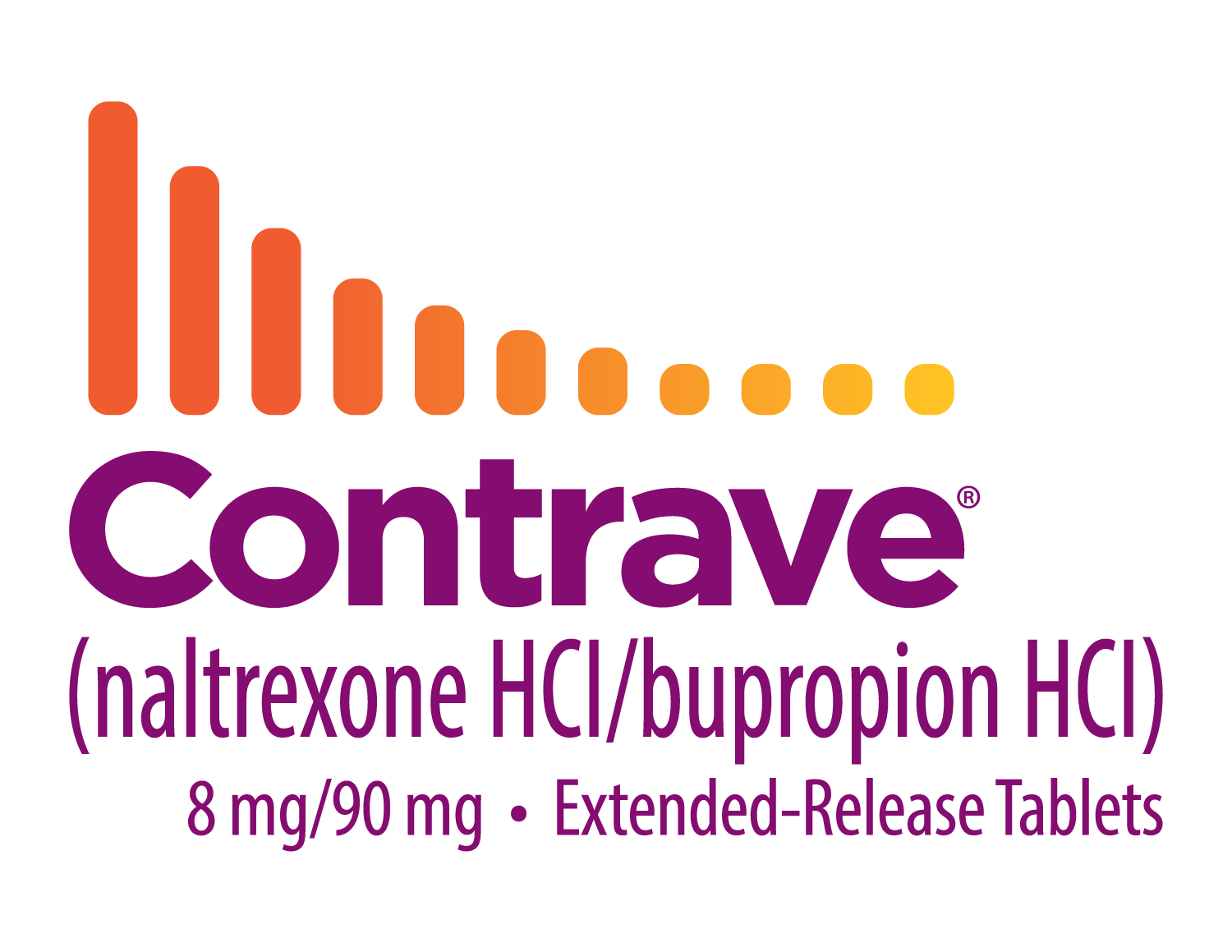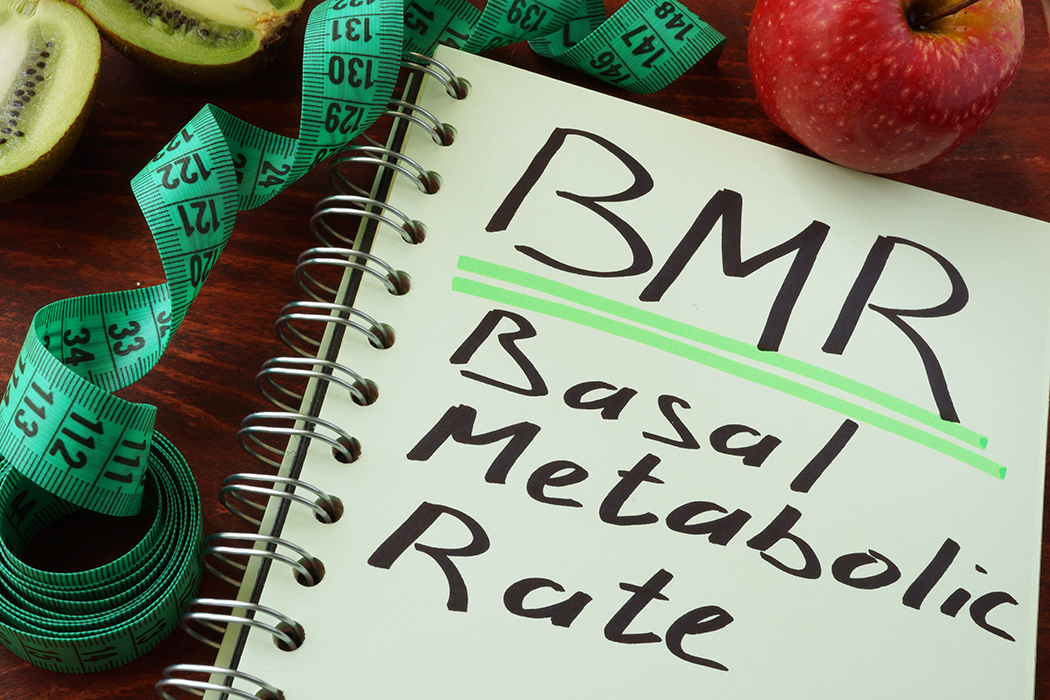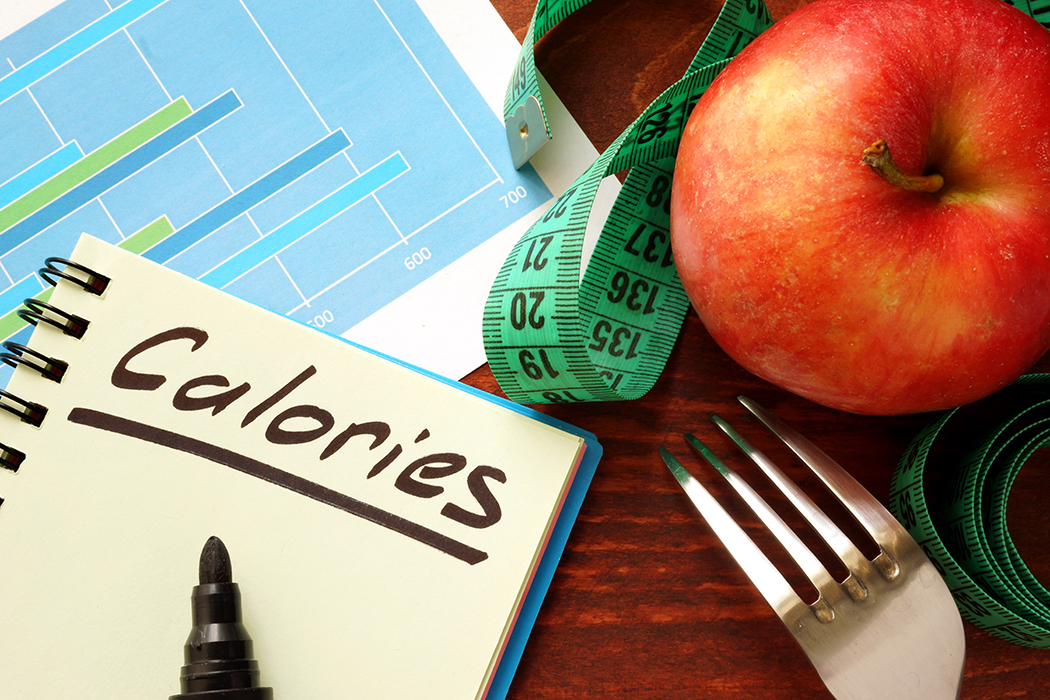Weight Loss
The Beginner’s Guide to Intermittent Fasting

More and more people are trading their traditional diets for intermittent fasting to reach their health and weight loss goals. But what exactly is intermittent fasting?
In this article, we go into more detail about what intermittent fasting is and share common intermittent fasting schedules that you can adapt to your own life. We also discuss how to incorporate intermittent fasting principles into your life when you must eat more regularly, such as when taking a timed dosage medication like CONTRAVE.
What Is Intermittent Fasting?
Fasting refers to going purposeful lengths of time without food. Unlike a full fast, intermittent fasting is—like the name suggests—sporadic and controlled. Intermittent fasting is a type of eating that encourages people to wait a specific number of hours between meals. During the fasting period, individuals typically only drink water and then eat during specifically defined periods of time.
The primary goal of intermittent fasting is to use an eating schedule to cut down on caloric intake so that you can lose weight. There may be other benefits—because you’re going without food for long amounts of time, the body will need to convert existing fat into energy, thus accelerating the fat burning process.
There is no intermittent fasting plan that works for everyone. There is no plan that is guaranteed to work, nor will everyone necessarily get the same results. Talk to your healthcare provider before starting any type of intermittent fasting or similar eating plan.
How Does Intermittent Fasting Work?
Intermittent fasting can be done within a 24-hour timeframe or be split up by day. For example, one method of fasting is fasting for a 12-hour period and then eating for a 12-hour period. Since most adults sleep around seven hours per night, they would only have to wait five more hours after waking up (or fast five hours before bed) to make this kind of fasting possible. This makes it probably the most accessible option.
There are other intermittent fasting schedules that are stricter, such as the 5:2 diet (5 days eating normally, 2 days at <500cal), 16:8 fasting (16 hours fasting, 8 hours eating), 20:4 (20 hours fasting, 4 hours eating), and even alternate day fasting. However, many people find these plans too restrictive. For some, they can even be unsafe. Remember, intermittent fasting works for some people, not all—and that’s okay.
Benefits of Intermittent Fasting
There are many benefits of intermittent fasting for weight loss. At its core, intermittent fasting is a way to reduce the number of calories you eat by restricting the times of day when you can eat, creating a weight loss framework that helps some people stick to a plan.
Intermittent fasting may also have specific benefits when it comes to managing chronic conditions as well. Some research has suggested that people with type II diabetes may benefit from intermittent fasting (under the supervision of a healthcare provider), as intermittent fasting may help reduce insulin resistance. Other studies have shown that people with obesity were able to successfully lose weight through intermittent fasting.
Studies are still ongoing, and more research must be conducted to determine all the possible benefits as well as to better understand the risks. However, the available evidence suggests that intermittent fasting can be an effective way to lose weight and more closely control caloric intake.
Risks of Intermittent Fasting
It is important to note that intermittent fasting is not for everyone. Be sure to discuss intermittent fasting with your healthcare provider before starting a plan.
Some bodies may prefer a few, smaller meals eaten throughout the day rather than going long stretches without sustenance. When they intermittently fast, these people may tend to binge food during the non-fasting window. To make the most of this kind of eating plan, it’s important to maintain a balanced diet, practice self-discipline, and be patient.
There is also a chance that some people could experience uncomfortable side effects such as nausea, headaches, or anxiety as they begin the intermittent fasting program (these are symptoms that come with not eating for extended periods of time).
A strict intermittent fasting eating schedule like you see online may also not be the best fit for you if you’ve been prescribed medication that is recommended to be taken with food. The fasting periods can be too long in between the scheduled doses of your medication. Keep reading for some tips on adapting intermittent fasting principles to your diet.
Adapting Intermittent Fasting
If you take a medication that requires food or have another medical limitation that would make strict intermittent fasting, talk to your healthcare provider before starting any type of intermittent fasting or similar eating plan. Work with them to develop a plan that takes your medication schedule and lifestyle into consideration. You should take CONTRAVE and other medications exactly as directed by your healthcare provider.

Actor Portrayal
Even if you aren’t following a strict plan, there are still key learnings from the intermittent fasting method that could be incorporated into an individual’s healthy eating plan:
-
Adjust the fast so that it encompasses a period in between medication doses. For example, eat breakfast around 6 or 7 am (and take the morning dose of medication) and then eat dinner at 6 or 7 pm (and take the evening dose of medication).
-
Take your medication in the morning with very low-calorie food (like water-dense fruits).
-
Stay hydrated throughout the day—water has zero calories and doesn’t break a fast.
-
Create strict “no-snack” periods of time during the day. For example, if you tend to reach for some chips during a mid-afternoon slump, make the hours between lunch and dinner a personal “fasting” time to help reduce the number of calories you’d get from caving to those cravings.
Final Notes
As you consider whether intermittent fasting is right for you, it is important to weigh the benefits and the risks. Intermittent fasting may not be right for you if you have certain medical condition, take certain medications, or struggle with binge eating. Additionally, you should consult with your doctor about what a safe amount of time is to use intermittent fasting as a weight loss strategy.
There are plenty of weight loss strategies you can try. Consider speaking with a weight loss specialist to learn more about the different ways in which you can meet your weight loss goals. If you suffer from one or more weight-related conditions, then you may be eligible for prescription weight loss medications that can be used in tandem with diet and exercise. Learn more about prescription weight loss pills and whether medication may be right for you.










